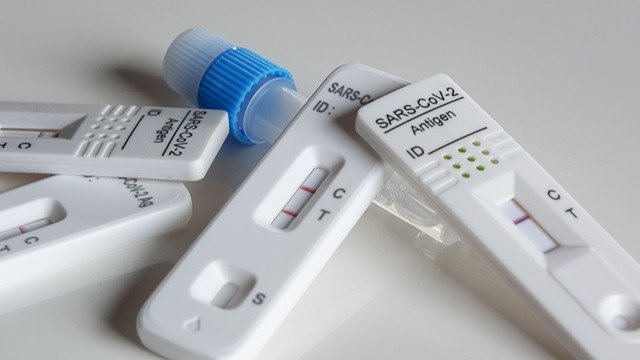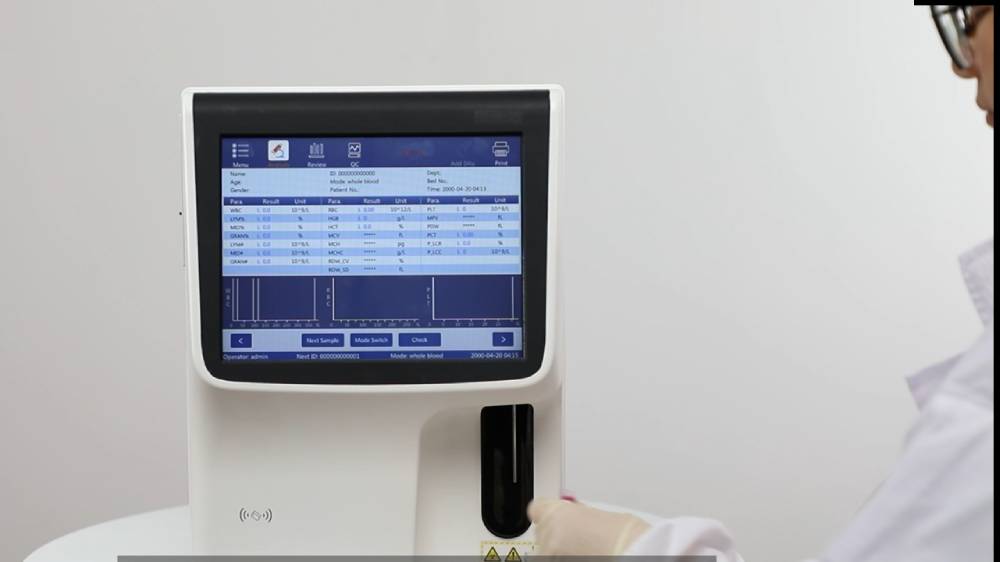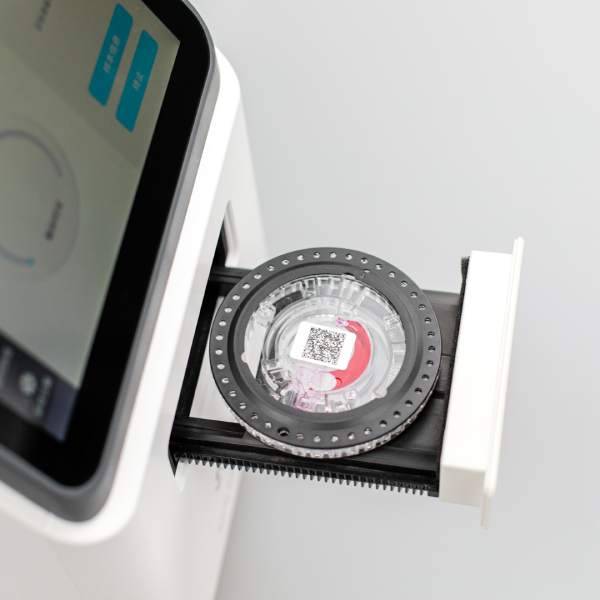Any test has its advantages and disadvantages, the key is to apply it in the right scenario. The operational process, especially the sampling process, needs to meet specifications. Molecular tests certainly have excellent sensitivity and specificity, and the detection speed of molecular diagnostics has been greatly improved in recent years. However, it is undeniable that molecular diagnostics still has some limitations: for example, not all hospital outpatient clinics are equipped with RT-PCR or other molecular tests, and in general, molecular tests are relatively time-consuming and costly. Therefore, immunological testing of pathogens is more likely to be popularized with its advantages of rapidity, convenience and low cost.
1. Rapid
It takes only 10-15 minutes to detect a sample, which can be done on site fast. RT-PCR method takes 4-6 hours to get the test results and cannot be done on site fast due to equipment and other reasons.
2. Easy to operate, no special equipment and personnel training
And RT-PCR method detection requires special expensive instruments and equipment, such as fluorescence quantitative PCR instrument. Nucleic acid detection is a precise experiment, the requirements of the operator is also high, requiring special operational training.
3. High specificity
Double antibody sandwich method ensures low antibody cross-reactivity, thus effectively improving the specificity of the immunological method and reducing the occurrence of false positives.
4. Stable sensitivity
Theoretically, because nucleic acid detection can amplify the viral template, its sensitivity is higher than that of immunological detection methods. The immunological method, on the other hand, has relatively low requirements for samples and more stable antigenic proteins, thus the sensitivity of the antigen detection kit performs stably.
In conclusion, the
COVID-19 antigen assay is rapid, accurate, and requires low equipment and personnel for diagnosis, and its features are well suited for rapid screening of suspected cases of large-scale new coronavirus infections. It is very effective for rapid diagnosis of concentrated outbreaks of epidemics.



